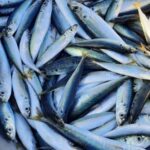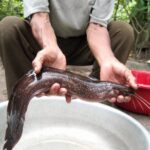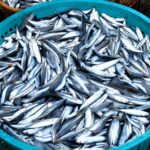Not all fish in the diverse world of seafood can be farmed. Some fish can only be sourced from their natural environment, not only due to their complex biology but also because their living conditions are challenging to replicate. Interestingly, these fish are often prized for their delicious flavor, nutritional value, and affordability, making them a favorite among discerning home cooks.
Below are four types of wild-caught fish that are commonly found in Vietnam and are challenging to farm. Be sure to keep an eye out for them the next time you visit a local market or seafood store!
1. Golden Grouper – The “Essence” of the Open Sea
Groupers are known for their premium meat quality, but not all groupers are created equal. While larger groupers are mainly farmed industrially and have softer, blander flesh, the wild-caught golden grouper, with its petite size and golden-hued skin, offers a unique dining experience with its firm, sweet, and aromatic meat.
Golden groupers thrive in the deep sea and require specific water conditions, making them impossible to farm artificially. They are considered a rare delicacy in seafood markets.
Popular cooking methods include deep-frying for a crispy exterior with moist, tender meat inside, or steaming the whole fish with ginger, scallions, and pepper for a flavorful dish best enjoyed with white rice or rice paper rolls.
2. Silver Pomfret – A Seasonal Delicacy, Rare and Elusive
While pomfret is a common fish, distinguishing between farmed and wild-caught pomfret is essential. The silver pomfret, a deep-water species that is seasonally available, is the true “seafood specialty.”
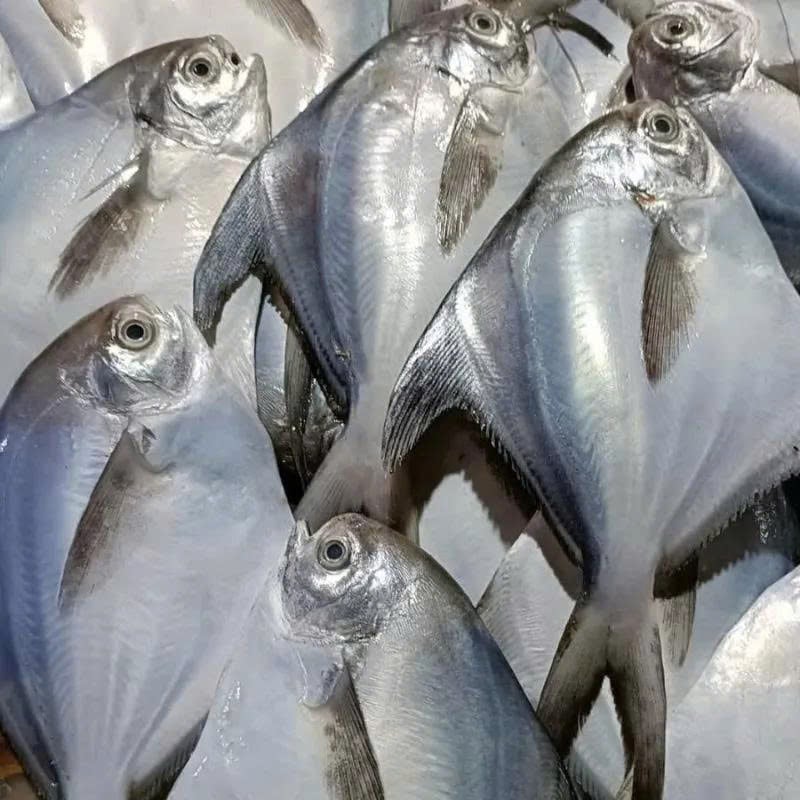
Unlike the golden pomfret, which is predominantly farm-raised, silver pomfrets rarely appear throughout the year and are challenging to farm artificially. They require living conditions that fluctuate with ocean currents, which is difficult to replicate in a closed farming model.
Silver pomfret meat is firm, flaky, and remarkably non-fishy. A simple steam with ginger and scallions or a quick pan-fry is all it takes to unlock its delicious potential. It’s also excellent in sour soup or cooked with green pepper, ensuring you’ll never get bored of this tasty treat.
3. Tongue Sole – A “Rare Find” Rich in Protein and Low in Fat
Tongue sole is a flatfish with pinkish-white meat and a unique shape. It is almost entirely bone-free, making it ideal for the elderly, children, or anyone who finds fish bones a turn-off. With only a single backbone running through its body, this fish is a breeze to prepare and eat.
Tongue sole cannot be farmed due to their stringent habitat requirements, favoring the stable temperatures, salinity, and ecosystem found on the sea floor. This fish is not only convenient to eat but also packs a nutritional punch, offering ample protein with minimal fat, making it a great choice for dieters and those recovering from illness.
Cooking suggestions include a simple pan-fry with salt and pepper, garnished with fried garlic, or marinated and baked in foil for a juicy, flavorful treat. No matter the preparation, tongue sole retains its natural sweetness and never falls apart.
4. Scabbard Fish (Swordfish) – Nutritious, Mild-Tasting, and Easy to Eat
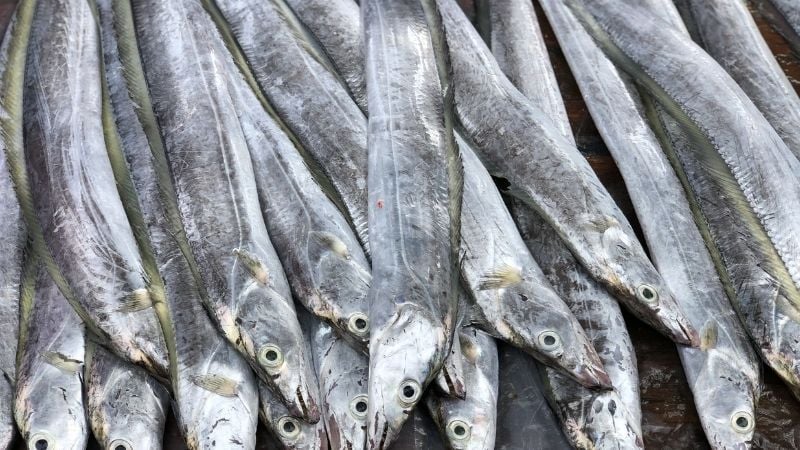
Scabbard fish, also known as swordfish, is a long, flat sea fish with a distinctive silver skin. While it may not be the most visually appealing, it is a “silent superstar” in the world of wild-caught seafood.
Unlike many fish that can be farmed with modern technology, scabbard fish cannot be farmed due to their strong predatory instincts and nomadic lifestyle. They are rich in healthy fats, omega-3 fatty acids, and low in cholesterol, making them an excellent choice for the heart-conscious, the elderly, pregnant women, and undernourished children.
Preparing scabbard fish is a breeze: simply gut, wash, and cut into chunks before stewing with pepper, deep-frying, or steaming with ginger. Scabbard fish has a mild, non-fishy taste that even surpasses the popularity of mackerel or Spanish mackerel among discerning palates.
4 Types of Fish That Cannot Be Farmed: A Smart Shopper’s Guide
In the culinary world, there exists a myriad of rare fish species that cannot be farmed and must be sourced from the wild. These fish are prized for their exceptional nutritional value, distinct flavor profiles, and the fact that they are often unique delicacies native to specific regions and waters.


























